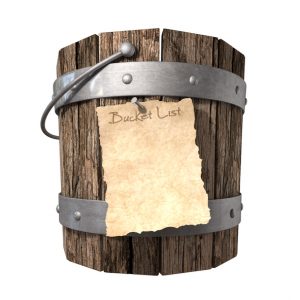Debate about whether Wivenhoe Dam operators owe civil liability to Brisbane flood survivors needs to address liability protections that government organisations, like the operators of Wivenhoe dam, enjoy as a result of recent legislation.
 Although the Queensland government abandoned insurance cover for its own assets, it did insure itself against lawsuits that might come its own way – by passing the controversial Civil Liability Act in 2003. That law grants specific exemptions to public authorities against negligence lawsuits relating to injury or damage to property.
Although the Queensland government abandoned insurance cover for its own assets, it did insure itself against lawsuits that might come its own way – by passing the controversial Civil Liability Act in 2003. That law grants specific exemptions to public authorities against negligence lawsuits relating to injury or damage to property.
S 27 affords public authorities immunity from responsibility when rendering assistance to people in distress in an emergency if the acts performed or neglected were done in good faith and without reckless disregard for the other person’s safety. A reasonable thing.
S 35 is a different proposition. It extends liability immunity where “limitations on financial resources”, the “broad range of functions” that an authority is required to exercise and “compliance with general principles and applicable standards” e.g. operations manuals. This provision would seem to dent the prospects of some property loss claims.
Apart from these hurdles – survivors or their insurers in subrogation, would have to show what flood level would have resulted even had the authority acted reasonably ie how far up with the water have come anyway? And, what property damage would have been caused in any event and what additional damage resulted from the alleged negligence.
The speculation has been that Wivenhoe Dam operators may have liability for:-
- Failing to anticipate catchment inflows predicted for the following week by releasing water below the dam’s 100% storage capacity over the weekend of 8-9 January;
- Failing to adopt a higher rate of release on 8, 9, or 10 January rather than that impose the peak rate that occurred during Tuesday 11 January that was ultimately responsible for the Brisbane flood on 13 January;
- Failing to allow the dam to reach its full mitigation capacity on 10 January rather than merely 90%;
The forthcoming enquiry will likely establish the facts to verify or disprove these theories but is unlikely to consider the legal obstacles for uninsured claimants in recovering property damage compensation.
In the absence of any direct provable representations, there will also be difficulties with any claims against developers, by for example, apartment owners, as have been mooted.
The most promising type of claim may well be – for those uninsureds who use an insurance broker – against the broker. Naturally such claims would only succeed if the home owner suffered proven loss and the broker was proven negligent.
As we all now know, the level of flood cover differed markedly from insurer to insurer. Only a handful of companies will cover all types of damage caused by all types of innundation. Insurance brokers have a duty to investigate a client’s requirements and the nature of the risk that they offer to obtain insurance cover for.
For people living beside or close to the Brisbane River, brokers probably ought to have considered policies that provided flood cover and offered it to their clients.
The other side of the coin is that the policy owner must have been prepared to pay the higher premium or suffer any other disadvantages relating to deductibles or extent of day-to-day cover, associated with cover that extended to flooding.




0 Comments